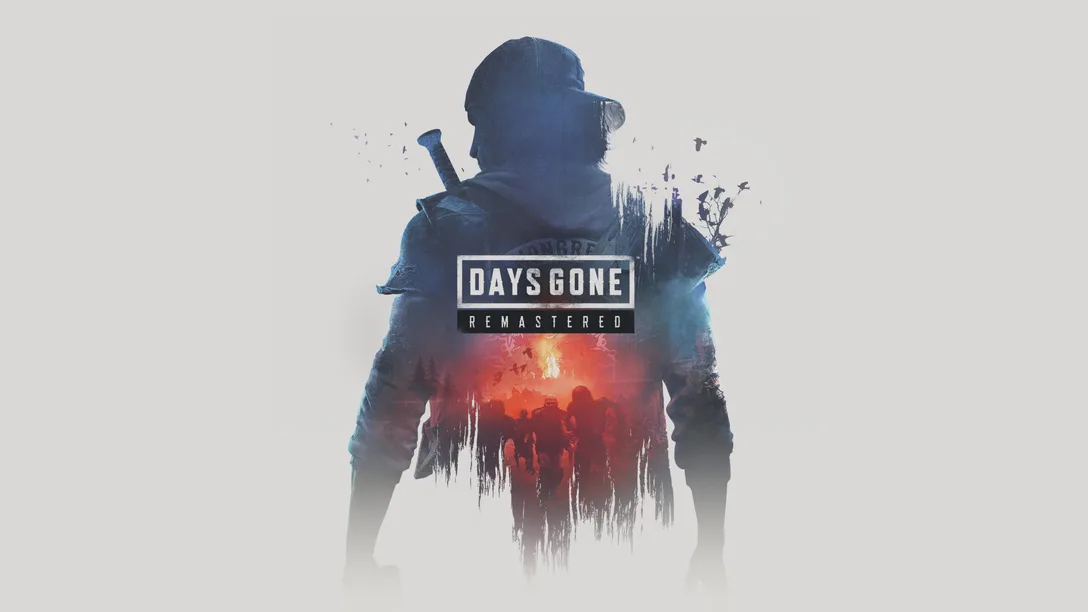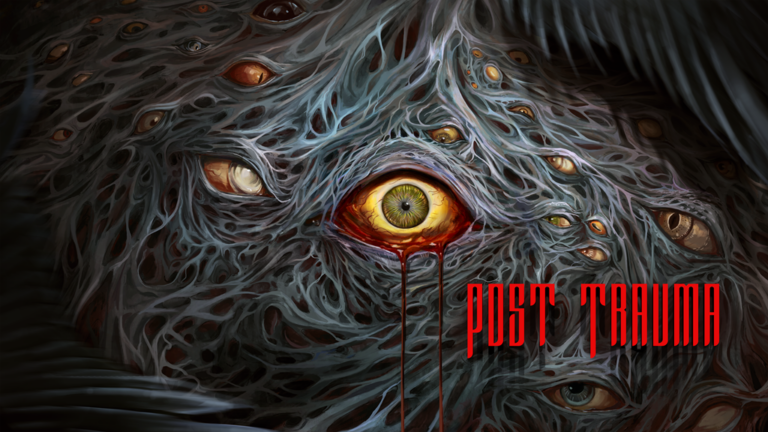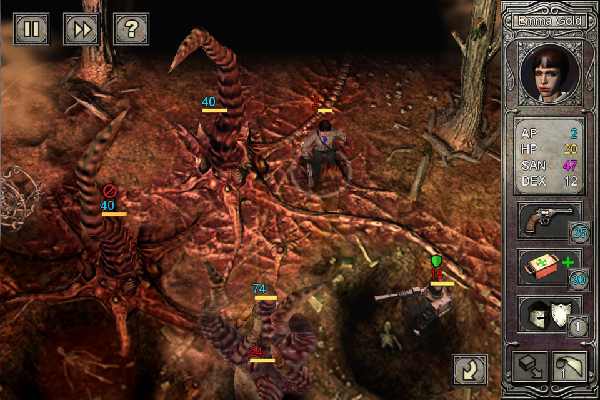
When I tell you I have been playing a video game about a famous 20th century war where German cults have joined the army ranks to provide back-up in the form of hideous monster, then the first title that probably springs to mind is Wolfenstein. Sadly, The New Order won’t be out until May, so instead I kept myself busy with Call of Cthulhu: The Wasted Land, which does borrow a few ideas from Wolfenstein, but spins them around enough to be worth a look.
The story follows a military unit led by Captain Hill during World War I. While fighting it out in the trenches, Captain Hill is one day tasked with the protection of an American scientist by the name of Brightmeer, who reveals he intends to discover why a German cult has started working with the army. It becomes obvious that this cult has ties to the almighty Cthulhu and is resurrecting the dead, so Brightmeer and Hill call up all their allies and start chasing the cultists across France.
While the group starts off with only four members, more people join the team as you progress through the early missions. These aren’t random soldiers either, since most characters have a bit of back-story behind them and have personal reasons to join Hill and Brightmeer on their quest. Sadly, none of these side-stories are ever really explored and dialogue is only used to tell the player what to do. Never is this more obvious than whenever Brightmeer speaks to his comrades about how many turns they have before the mission fails or how many it will take him to complete a task you order him to do. Then again, the story at least has the decency to let you skip through most of the dialogue and still show you where to go, so at least it doesn’t shove itself in your face.

After the objectives have been explained, a mission actually starts and you will have to navigate your investigators around the battlefield. Each of these operatives has a number of action points (AP) and every action you perform consumes a certain amount of it. This means that you have to decide how to spend your every turn, since moving to a new position can mean you don’t have enough AP left to fire your gun or spending extra points to aim more precisely can mean you can’t use an item as well. Once all your moves are done, the enemies will make theirs or spawn in new foes for you to deal with.
At the end of each mission, you are then rewarded with gold and experience points based on how well you played. Experience points can be used to upgrade your investigator’s skills and statistics, of which there are many; you can specialize your units in all weapon types, psychoanalysis, Cthulhu Mythos (magic), chemical protection and First Aid. Obviously, improving these skills makes using the related actions more efficient and increases the chance of success, but you can also use experience to increase a character’s HP. Money has a less broad use, as it is only used to upgrade weapons and armor (better versions cost more AP to use or wear) and refill items. The store is, however, fairly limited and will only stock better items when the difficulty curve allows it, so there is not really a lot freedom to be found there.
If you’ve played other turn-based strategy games before, then it might all sound very standard, but The Wasted Land has three other mechanics that set it apart. First, and foremost, it utilizes a sanity meter for each individual operative. Fighting against monsters or using magic will cost sanity and once the meter hits zero, the character will either go into shock (they won’t be able to move the next turn) or become manic. Mania vastly increases AP points for a set amount of time, but decreases accuracy and will kill its victim if he or she isn’t treated by somebody with the psychoanalysis skill. Secondly, there is toxic gas in levels that requires the chemical protection skill and a gas mask to pass through safely and, finally, there is a neat cover mechanic that decreases enemy accuracy when their target is hiding in trenches or holes.
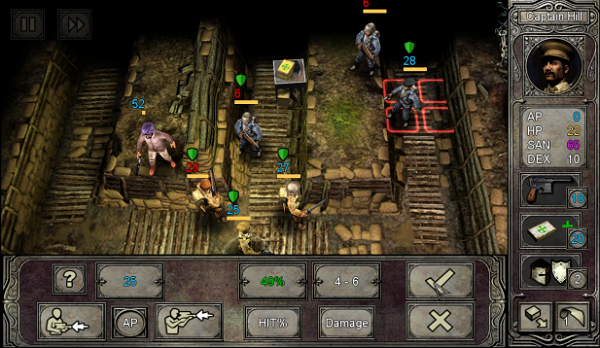
It all sounds really fun, but the gameplay does suffer from some grueling flaws. The biggest issue lies with the spawning of new enemies, which happens at the start of their turn and immediately allows newly created monsters to make their move. This frequently meant the game would spawn eight enemies out of nowhere, right in front of me, and allow them to start firing right away. This was a particularly nasty issue whenever a level had stormtroopers in it, which could fire their heavy machine gun four times if they didn’t have to move; a privilege they were eager to abuse. This meant there were instances where my entire team was instant-killed in a single turn, even though the battlefield was empty when I ended mine.
The game is also a port of an iOS title, which you will notice very often; selecting a unit, moving a unit and controlling the camera all utilize the left mouse-button, causing a lot unwanted movement when you’re trying to get an overview of the battlefield. Menus were also unresponsive and difficult to handle from time to time and the in-game options only lets you turn the audio and UI on or off. I do commend the game for letting you pick between five languages and a resolution upon booting, though windowed mode was not one of them.
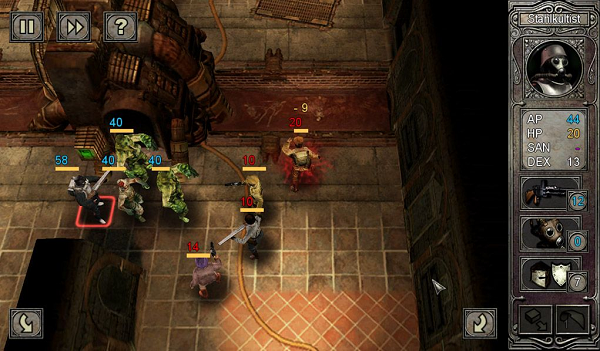
In regards to presentation, there is not much to talk about since there’s only two or three songs in the entire soundtrack, which are pretty average (though I do really like the song on the main menu). The visuals aren’t too spectacular either, but the design of monsters is pretty neat. It doesn’t start too exciting; having you battle against a variety of zombies, but later on you’ll have to deal with some Cthulhu-Human hybrids, AP-stealing Polyps, and even the children of Shub-Niggurath. Suffice it to say, I was really glad I brought a good Shotgun-user with me on the last few missions.
Overall, I’d say Call of Cthulhu: The Wasted Land is an alright title that has some neat mechanics behind it, but suffers from control issues and a few dubious design-choices. It wouldn’t usually be able to compete with the massive amount of strategy games on the PC platform, but I think that for $5 (man, we are getting shafted in Europe…) it’s definitely worth considering. I, at least, clocked eight hours with the game, and though I felt somewhat disgruntled when I had to restart the whole campaign at one point, it never stopped being entertaining.
 (7 / 10)
(7 / 10)
Good
 (7 / 10)
(7 / 10)
